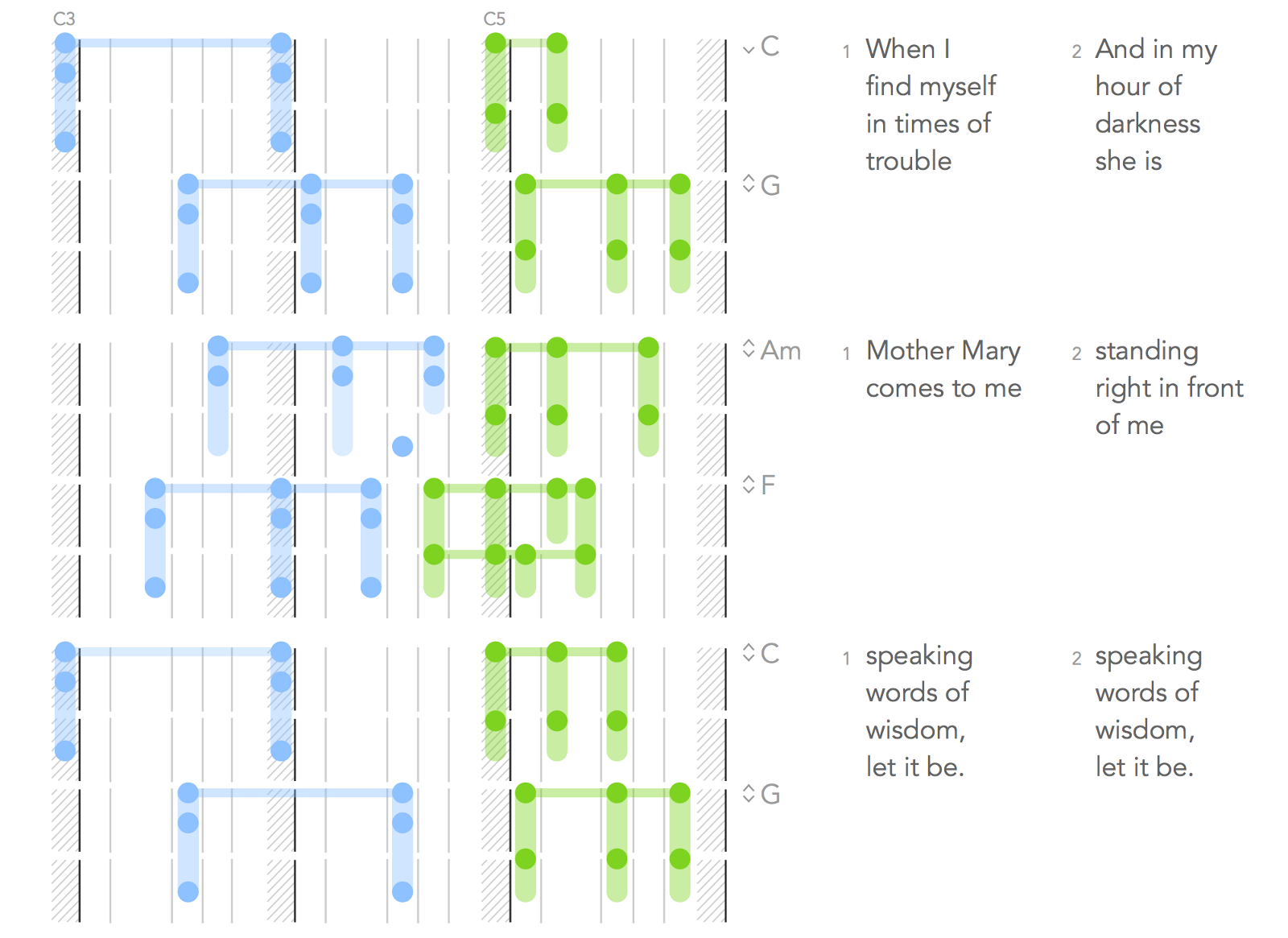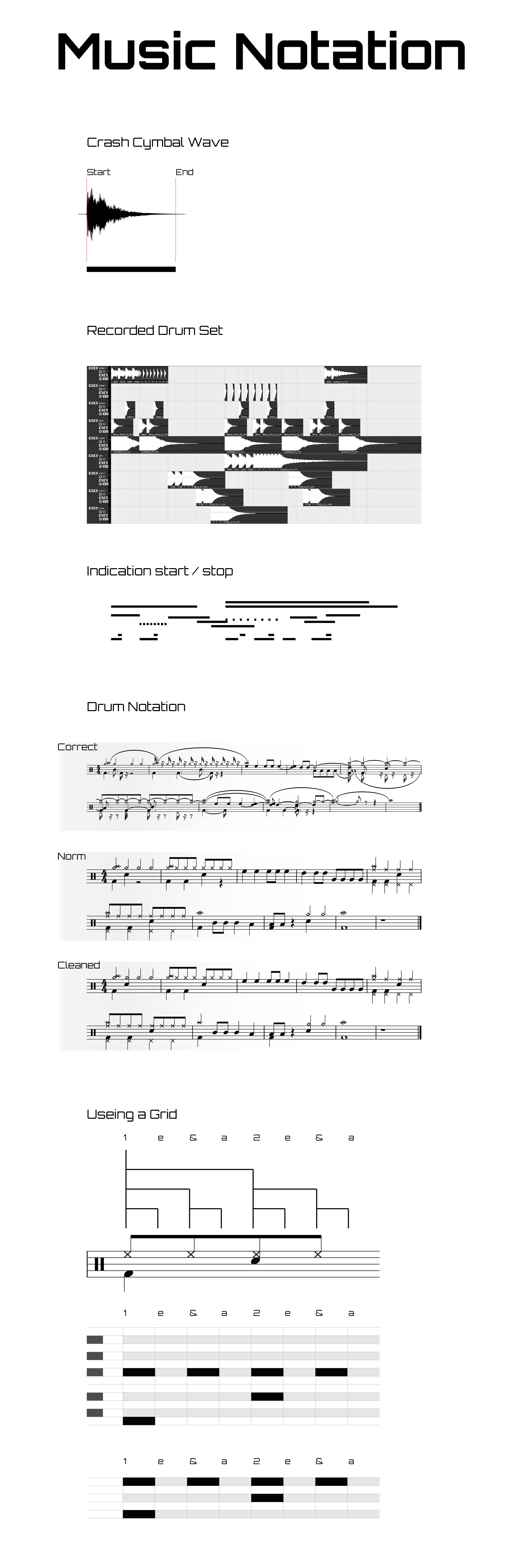Music notation… “modern” music notation as we know, is +-600 years old. Mensural notation, in which each note has a specific time value, became a necessity with the development of polyphony. In the 14th cent.
Philippe de Vitry, the author of Ars Nova, which expands the system of Franco, codified the duple divisions of the long and short notes. yep, the 14th century. Although I find music notation beautiful, I cannot deny that it has to serve one function – making my life, as a musician easier. I suppose that changing established systems, developing over hundreds of years is almost impossible. Look at our political systems, but that’s another subject.
Reading “How I’d redesign piano sheet music” by Alex Couch, reminded me of the challenge I have, teaching students to read music. I find it a great idea to think in different directions. Cultures and methods changing, and with the rise of “the image culture,” it might be time to spend some thoughts on updating common methods.
The first measures of the Beatles’ “Let it Be,” in Alex's new notation method

In drum notation e.g. we indicate when we hit a surface. We do not care how long a drum or a cymbal rings. It is simply not an option muting an instrument after you hit it at a certain tempo. Drum notation is in its essence wrong if it would be judged by the music notation rules.

The piano roll, for example, could be an interesting way. However, reading the “How I’d redesign piano sheet music” article tells me I am not the only one thinking “old and functional” systems are great but maybe not for eternity.
